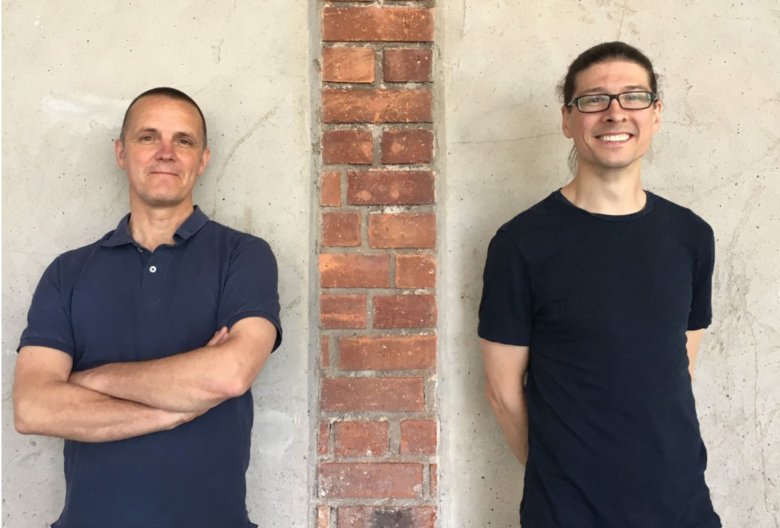CYCLIN-B1/2 and CYCLIN-D1 act in opposition to coordinate cortical stem cell self-renewal and lineage commitment
The capacity of a stem cell population to generate several distinct cell types in a temporally defined manner is fundamental to both organ development and homeostasis. To achieve this, stem cells must carefully balance self-renewal and commitment to cellular differentiation, but how this is regulated at the genetic level has remained unclear.

Addressing these questions in the developing cortex, Jonas Muhr’s lab now provide evidence for a novel mechanism by which the cell-cycle regulators Cyclin-B1/2 and Cyclin-D1 act in opposition to coordinate self-renewal and lineage commitment of cortical stem cells.
Interestingly, the researchers also discovered that the opposing functions of CYCLIN-B1/2 and CYCLIN-D1 appear to be achieved by their antagonistic control of core stem cell differentiation pathways, including the NOTCH pathway.
Daniel Hagey at the Department of Laboratory Medicine, shared first author of the published paper says “By combining two powerful techniques, single cell sequencing and cortical electroporation, we have been able to provide evidence for a mechanism linking cell-cycle regulators and molecular programs controlling cortical stem cell maintenance”.
Jonas Muhr adds “The wide spread usage of CYCLINs and the molecular pathways we find them to regulate, argue that our findings may have implications in stem cell populations outside the developing cortex.”
The study was in part financed by grants from Vetenskapsrådet, Knut and Alice Wallenberg Foundation and the Swedish Brain Foundation.
